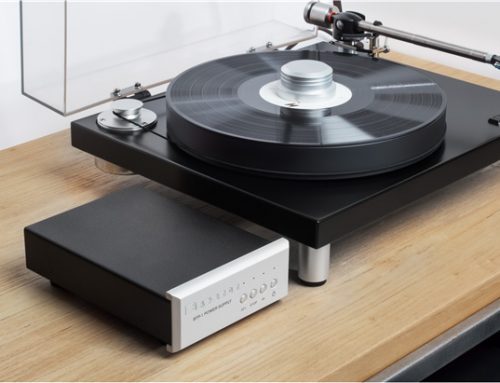If you are old enough to remember the days when anything over 21 inches was considered to be a big screen TV, then you will also most likely remember that even those 21-inch Cathode Ray Tube (CRT) television sets were relatively bulky, heavy and unwieldy to move around. Today, it is hard to imagine how families used to huddle around TVs of this size and enjoy the programming, not giving even a second thought about how small the screen was. Today 21 inches is more likely to describe your computer monitor screen, which incidentally is the size of the monitor screen that I used when writing this article.
If you are in the market for a new television today, you are more than likely looking at a screen size of 50 inches or larger. A modern high-quality television can produce a remarkably natural picture – offering rich, true-to-life colours, great dark scene performance and a high brightness – which bring Hollywood blockbusters alive in our homes. LED/LCD and plasma technologies have come a long way since they were first introduced and the days of unnatural looking skin tones, washed out colours and blacks that appear gray are far behind us. But if you think that we’ve already reached the pinnacle of television technology, think again.
Organic Light-Emitting Diode or OLED TV technology is changing the way we think about TVs once again. OLED TVs offer the ultimate picture quality with images so vividly natural some say that watching them is like looking through a window. This technology also allows TVs to be extremely thin, light weight, flexible, and consumes drastically less power than current technologies. Let’s take a closer look at how OLED displays are constructed and the various benefits that this technology offers.
The basic structure of an OLED module is an electron injecting cathode, an emissive layer and an electron removing anode. Injecting the electrons makes the material glow and removing the electrons reverses the process by making the material go dark again. Many different materials are being used to produce OLED modules. The modules using the most basic division between small and large molecule OLEDs are known as Polymer OLEDs or P-OLEDs. Most commercial OLEDs used today are SM-OLEDs, however P-OLEDs currently show the most promise. OLED emitter materials can be either fluorescent or phosphorescent. The former lasts longer but is less efficient. Currently most OLEDs are phosphorescent except for the blue ones, which are still fluorescent because phosphorescent blue OLEDs do not last long enough.
When shopping for OLED products you are also likely to encounter terms like AMOLED and PMOLED. These refer to the driving method of the display. PMOLED has a passive matrix, is limited in size and resolution but is cheaper and easier to manufacture. On the other hand AMOLED utilizes an active matrix TFT array and storage capacitors. This variety is more efficient and can be used to produce large screens, but they are also more complicated and therefore cost significantly more to produce.
So before we get into what makes OLED so special, let’s take a look at what makes this technology tick. Fundamentally, all you need to create a TV image is red, green and blue light. Hitherto, the way to achieve this was to have a source of back lighting that would then be filtered and manipulated through a system that would control the light that eventually reaches the screen. With plasma TVs, a UV light is created by igniting pockets of gas to excite red, green and blue phosphors. In the case of LED/LCD TVs, colour filters and light blocking liquid crystals are employed. This meant that TV sets needed a certain depth to accommodate all these parts.
This is where OLED technology is fundamentally different, in that, it uses materials that glow either red, green or blue, on their own, when electricity is applied to them. This brings down the number of parts required to create the image and allows the TV set to be just a few millimeters deep for a drop-dead gorgeous look.
The other huge advantage of OLED technology is that since the method used to generate the image is by using glowing materials rather than controlling back lighting, it is now possible to achieve a true black because each of the materials can be manipulated so that it does not generate any light at all when required. In contrast, plasma and LED/LCD sets are not able to completely block the back lighting from reaching the screen, and hence cannot produce completely black pixels (they appear gray rather than black). Since true-to-life colour reproduction can only be achieved on a foundation of an infinite contrast ratio, which is achievable when you can produce a true black, OLED sets have the potential of generating more accurate colours than plasma and LED/LCD sets. Environmentalists will also be happy to note that OLED sets consume a lot less power than other formats and because they use organic materials which are mostly carbon, the impact that they will have on landfills after reaching the end of their life, will also be lessened. Better performance with a smaller carbon footprint; now that is a win-win that should put a smile on everyone’s face.






